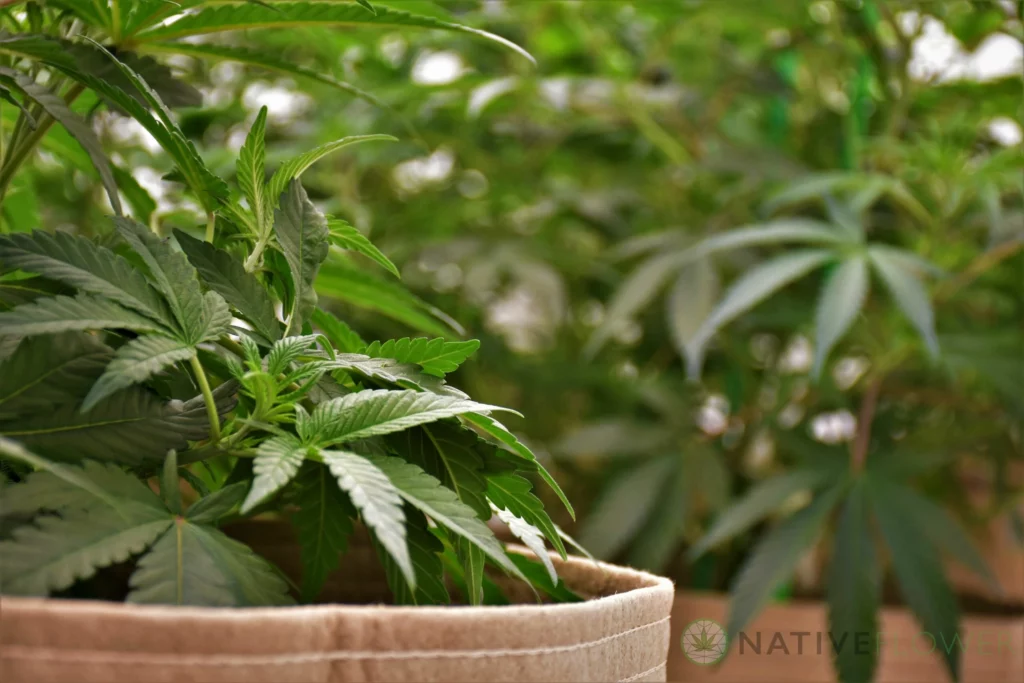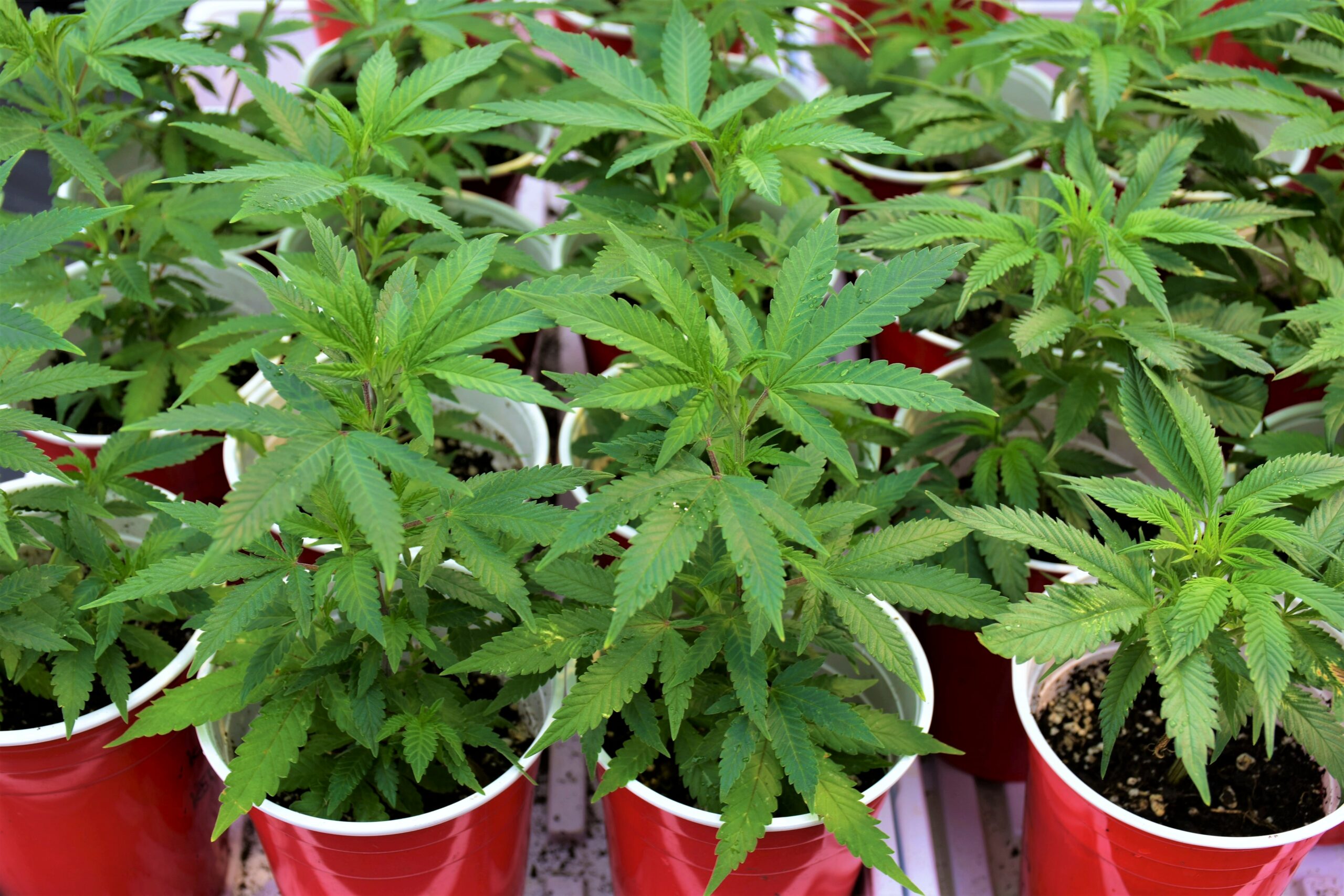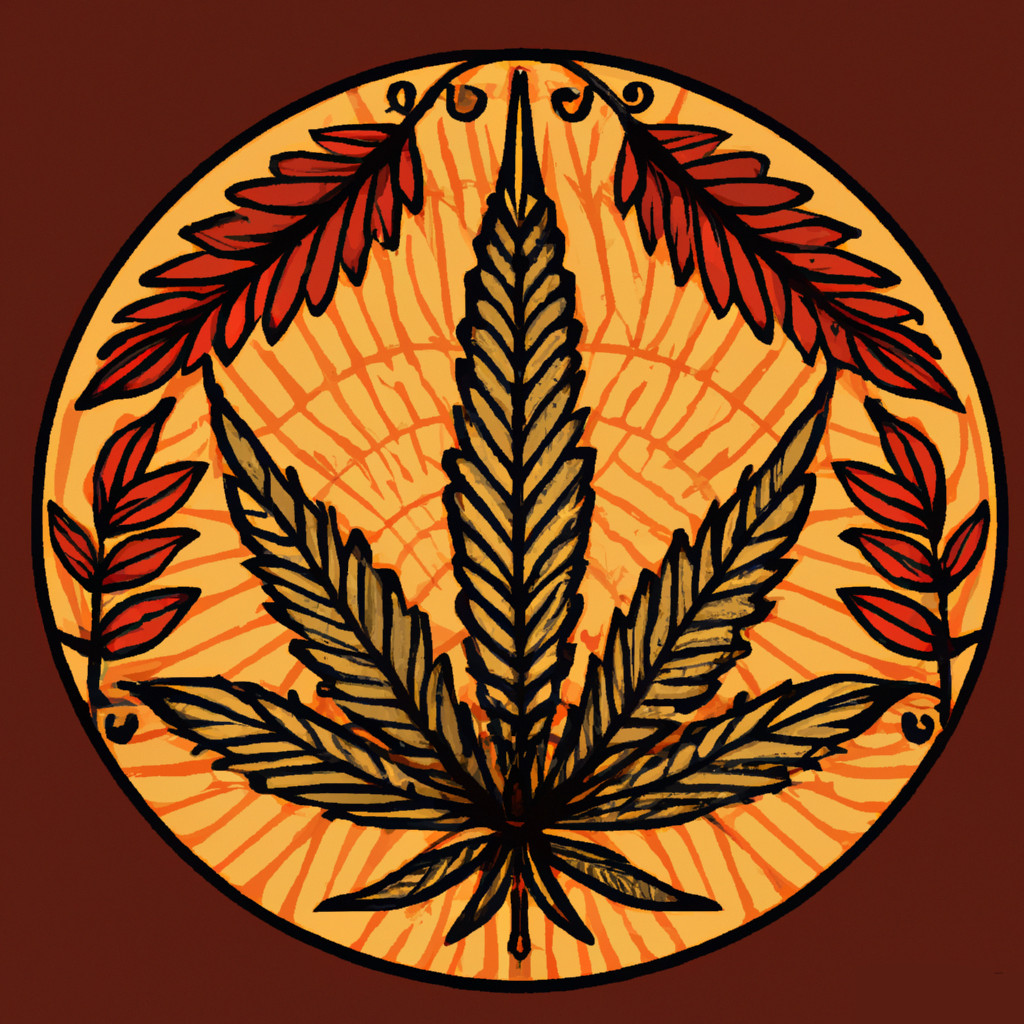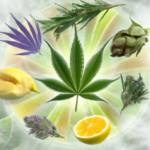
In recent years, there has been a growing interest in organic cannabis cultivation, with a focus on living soil methods. These aim to mimic natural processes and create a healthy ecosystem for plant growth. This approach to cultivation takes a holistic view of the plant. Which emphasizes the importance of the soil and the complex web of organisms that live within it.
History
The history of living soil cultivation can be traced back to the work of farmers and gardeners. In the 1920s, Sir Albert Howard, a British agricultural scientist, began to develop a system of organic agriculture based on the idea that healthy soil leads to healthy plants. Howard’s work inspired many others, including J.I. Rodale, who founded the Rodale Institute in 1947 to promote organic farming methods.
Elaine Ingham
In recent years, the work of Elaine Ingham, a soil microbiologist and founder of Soil Foodweb Inc., has been instrumental in advancing the understanding of the soil food web and its importance for plant health. Ingham’s research has focused on the role of microorganisms in the soil and how they interact with each other and with plants. She has developed techniques for analyzing soil samples and has shown that healthy soil contains a diverse array of microorganisms. These microorganisms that work together to create a balanced ecosystem.
Mycorrhizal Fungus
One key player in the soil food web is mycorrhizal fungus. These fungi form symbiotic relationships with plant roots, providing nutrients to the plant in exchange for sugars produced through photosynthesis. Mycorrhizal fungus can greatly increase the surface area of a plant’s root system, allowing for greater nutrient uptake and water retention. This can lead to stronger, healthier plants that are more resistant to pests and disease.
Beneficial Insects
Another important aspect of living soil cultivation is the use of beneficial insects. Rather than relying on pesticides to control pests, growers can introduce predatory insects that will eat harmful pests, keeping their populations in check. Ladybugs, lacewings, and predatory mites are just a few examples of insects that can be used in this way.
Compost Teas
Another popular technique used in living soil cultivation are compost teas. Teas are made by steeping compost in water and then aerating the mixture. This then promotes the growth of beneficial microorganisms. Compost teas are typically applied directly to the soil or used as a foliar spray. This provides nutrients and beneficial microbes to the plant.
Soil Amendments
Soil amendments are also an important part of living soil cultivation. These are added to the soil to improve its structure and provide nutrients to the plant. Common amendments include worm castings, bone meal, and rock phosphate. By using natural amendments, growers can avoid the use of synthetic fertilizers that can harm the soil and disrupt the ecosystem.
Foliar Sprays
Foliar sprays are another valuable tool in the living soil grower’s toolkit. These sprays are applied directly to the leaves of the plant. Providing a quick boost of nutrients and other beneficial compounds. Compost teas can be used as a foliar spray, as can other organic materials like kelp extract and fish emulsion.
Conclusion
In conclusion, living soil cultivation represents a holistic approach to cannabis cultivation that emphasizes the importance of soil health and the complex web of organisms that live within it. Additionally, by creating a healthy ecosystem for the plant, growers can produce high-quality cannabis without relying on synthetic fertilizers and pesticides. The work of Elaine Ingham and others has advanced our understanding of the soil food web and its importance for plant health. A thriving ecosystem for cannabis plants can be achieved by using mycorrhizal fungus, beneficial insects, compost teas, soil amendments, and foliar sprays. As our understanding continues to grow, we can expect to see more growers adopting these sustainable and organic cultivation methods.





